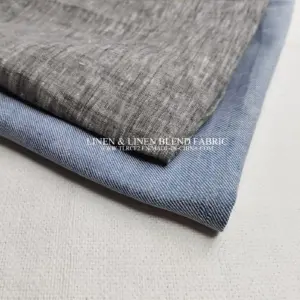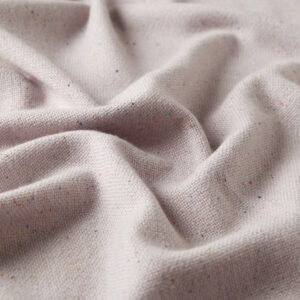What Percentage of Tweed to Mix with Flannel?
Fabric compatibility is a crucial aspect of fashion design and sewing, influencing the final product’s appearance and functionality. Understanding how tweed and flannel can be blended offers exciting possibilities for both clothing and home decor. In this article, we will explore the compatibility of these fabrics, the benefits and challenges of mixing them, and practical sewing tips to achieve the best results.
Compatibility Analysis
Yes, tweed and flannel can be mixed successfully. These fabrics complement each other due to their similar weights and natural fiber content, which makes them compatible in terms of texture and durability. However, they differ in terms of stretch, care requirements, and finish, which must be considered to ensure a harmonious blend.
Key Factors:
- Texture: Both fabrics offer a rich texture, with tweed being slightly rougher and more structured, while flannel is softer and more pliable.
- Weight: Tweed and flannel are medium to heavy-weight fabrics, making them suitable for outerwear and warm garments.
- Stretch: Flannel generally has more give than tweed, which can affect the garment’s fit and movement.
- Care Requirements: Tweed often requires dry cleaning, while flannel can usually be machine washed, posing a challenge for mixed garments.
- Durability: Both fabrics are known for their durability, though tweed is typically more resistant to wear.
Fabric Properties Comparison Table
| Property | Tweed | Flannel |
|---|---|---|
| Fiber Content | Natural (wool) | Natural (cotton/wool) |
| Weight and Thickness | Medium to heavy | Medium to heavy |
| Breathability | Moderate | High |
| Stretch and Elasticity | Low | Moderate |
| Wrinkle Resistance | High | Moderate |
| Care Instructions | Dry clean preferred | Machine wash cold |
| Durability | High | Moderate to high |
Benefits of Mixing These Fabrics
Mixing tweed and flannel can enhance the texture and visual interest of a garment, combining tweed’s structured look with flannel’s soft drape. This blend improves comfort and performance, offering warmth and breathability. The combination is cost-effective, as flannel is generally less expensive than tweed. Additionally, this pairing offers seasonal versatility, suitable for autumn and winter fashion, and expands design possibilities for creative garment construction.
Potential Challenges
Combining tweed and flannel presents challenges such as different shrinkage rates, conflicting care requirements, and potential texture clashes. Seam puckering and color bleeding or fading can also occur. To address these issues, pre-wash flannel before sewing, use compatible threads and needles, and consider professional dry cleaning for finished garments.
Sewing & Styling Tips
When sewing tweed and flannel together, choose a sharp needle and a strong polyester thread. Use interfacing to stabilize areas prone to stretching, and finish seams with a serger or zigzag stitch to prevent fraying. Opt for patterns that accommodate the fabrics’ weights and textures, such as jackets or skirts. For styling, consider layering these fabrics in a single outfit or using them for cozy home decor items like throws or cushions.
Care & Maintenance Guide
To care for tweed-flannel blends, wash with cold water and air dry to prevent shrinkage. Iron on a low setting with a pressing cloth to avoid damaging the fabric. For stain removal, spot clean with a gentle detergent. Long-term care involves storing garments in a cool, dry place to prevent moth damage and fabric deterioration.
FAQ Section
Can you wash tweed and flannel together?
It’s best to dry clean tweed and machine wash flannel separately to maintain their quality.
Will flannel shrink more than tweed?
Yes, flannel is more prone to shrinkage, so pre-washing is recommended.
What needle size should I use for sewing these fabrics together?
A size 90/14 needle is suitable for handling both tweed and flannel.
Can you mix tweed and flannel in one garment?
Absolutely, combining these fabrics can create unique and stylish garments.
How do you prevent seam puckering when combining these fabrics?
Use a walking foot and adjust tension settings on your sewing machine.
Is it okay to mix tweed and flannel for upholstery?
Yes, but ensure both fabrics are treated for durability and stain resistance.
What’s the best way to finish seams with these fabrics?
A serged or zigzag finish will prevent fraying and extend the garment’s life.
Mixing tweed and flannel offers a world of creative possibilities, from fashion to home decor. By understanding their properties and following these tips, you can create beautiful, durable pieces that stand the test of time.


Leave a Reply